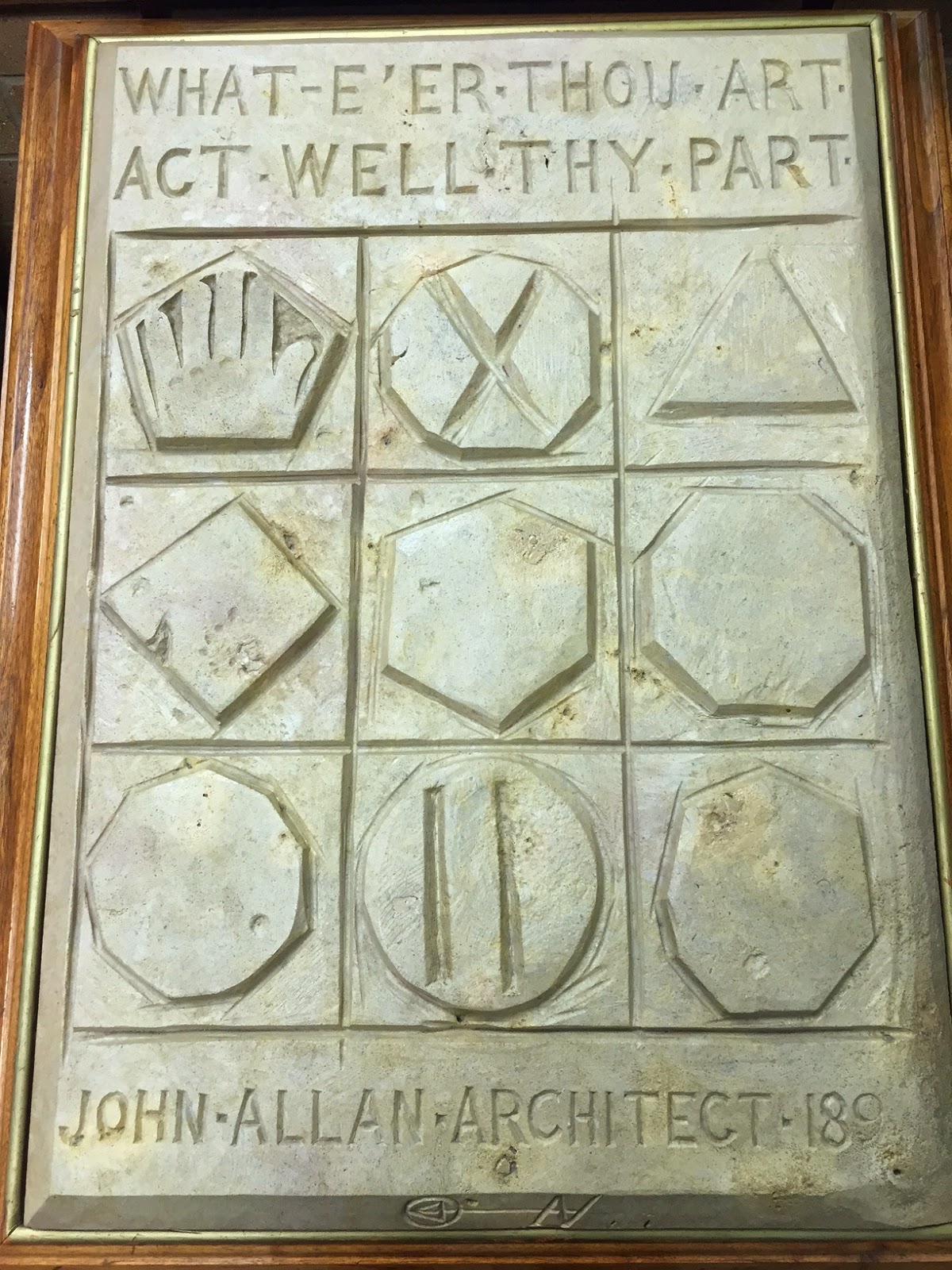When I first came to Waco in the autumn of 1962 as a Baylor University freshman, I had been a member of the Church for only about five weeks. I knew exactly nobody in this town. The members of the Waco Ward took me in as one of their own. For four years they coached me in all the nuances of being a faithful covenant-keeper. They gave me many opportunities to serve. They welcomed me into their homes and at their dinner tables. I will always remember their kind generosity.
 |
| Boys & Girls Club of Waco, originally built to serve as the Waco Ward meetinghouse of The Church of Jesus Christ of Latter-day Saints |
When Rean and I came to Waco last Easter to attend the first conference held in the new Waco Stake Center, we asked our Liberty friend Rodney Ames (now our mission president here) to take us over to the old ward building. The Church sold the building many years after I graduated from Baylor, but it's still here. Today it houses the Boys & Girls Club of Waco.
This past week, Rean and I went to the site to inquire about community service opportunities. We met with one of the employees of the Boys & Girls Club and told her about the resources we have: about two dozen young missionaries who can provide up to ten hours of service each week. Like many community organizations these days, this one struggles with funding. It also goes begging for volunteer help. Our offer was welcomed. We will return this week to explore the opportunity further. It's obvious from even a cursory look that the place needs a lot of work: basic clean up, painting, etc.
 |
| The former Cripe residence at 2325 Sanger Avenue. Dan's chiropractic office was in the side entrance. |
Dan outlived two wives and one daughter. He died in 2010 at the age of 92. Until the day he died he was still practicing chiropractic medicine. As it turns out, the man who took over Dan's practice is a member of the Waco 2nd Ward where we're assigned. I've been seeing him at least twice a week for adjustments on my back. I'm also making regular visits to a massage therapist in the Ward. I'm determined to be in good shape when we return to Liberty.
After a change in assignments, the young missionaries with whom we're working are now in two different zones. The elders assigned to the Hewitt Ward and the elders assigned to the Waco 2nd Ward are in the Waco South Zone. The elders assigned to the Young Single Adult (YSA) Branch are in the Waco North Zone. Because we are assigned to all three congregations, this reconfiguration has the potential to double up our travel and meeting schedule. But we're managing.
On Tuesday we attended the Waco North Zone meeting. In addition to the YSA elders, this includes missionaries serving in the Waco 1st Ward, as well as missionaries serving in Hillsboro and Mexia. A couple of Spanish-speaking elders are also in the zone.
We're enjoying getting to know these missionaries who are new to our circle of associates here. As with all the other missionaries we've met here, these are very solid, mature, and devoted to the cause. It really is remarkable that such sharp young people will set aside two years of school, dating, and all the other activities of their age group so they can serve the Lord in the way they do.
On Saturday the YSA elders brought one of their investigators, Stephen, to our apartment for dinner. Stephen is a junior at Baylor University. He studies religion, German, and business, and is in Baylor's special program for entrepreneurs. We were very impressed with him. He's been studying with the elders for several weeks and is developing a good foundation in the principles of the restoration. He asked a number of very insightful questions, evidence that he is both thoughtful and serious. We look forward to seeing him again, and are hopeful for his progress.
A final thought: In the foyer of the Provo Missionary Training Center a large stone is displayed. It's associated with David O. McKay. He was president of the Church when I was baptized in 1962 (he died in 1970). I had the opportunity to meet and visit with him personally (and even privately) on a number of occasions. (If one were casting a movie about modern-day prophets, David O. McKay—with his flowing white mane and majestic bearing—would be the star.) I first saw the stone in the MTC many years ago, but it now has especially poignant meaning because of our missionary service.
Here's what President McKay said about it: "I remember as a missionary in Scotland fifty-seven years ago (1898), after having been in Stirling only a few weeks I walked around Stirling Castle with my companion. I confess I was homesick. We had spent a half-day around the castle, and the men out in the fields ploughing that spring day made me all the more homesick. As we returned to the town, I saw an unfinished building standing back from the sidewalk several yards. Over the front door was a stone arch. There was an inscription chiseled in that arch. When I approached near enough, this message came to me not only in stone, but as if it came from One in whose service we were engaged: 'What E'er Thou Art, Act Well Thy Part.' That was a message to me that morning to act my part well as a missionary of The Church of Jesus Christ of Latter-day Saints. It is merely another way of saying—what is more precious because it comes from the words of the Savior—'Not every one that saith unto me, Lord, Lord, shall enter into the kingdom of heaven but he that doeth the will of my Father which is in heaven."
We're trying.

No comments:
Post a Comment